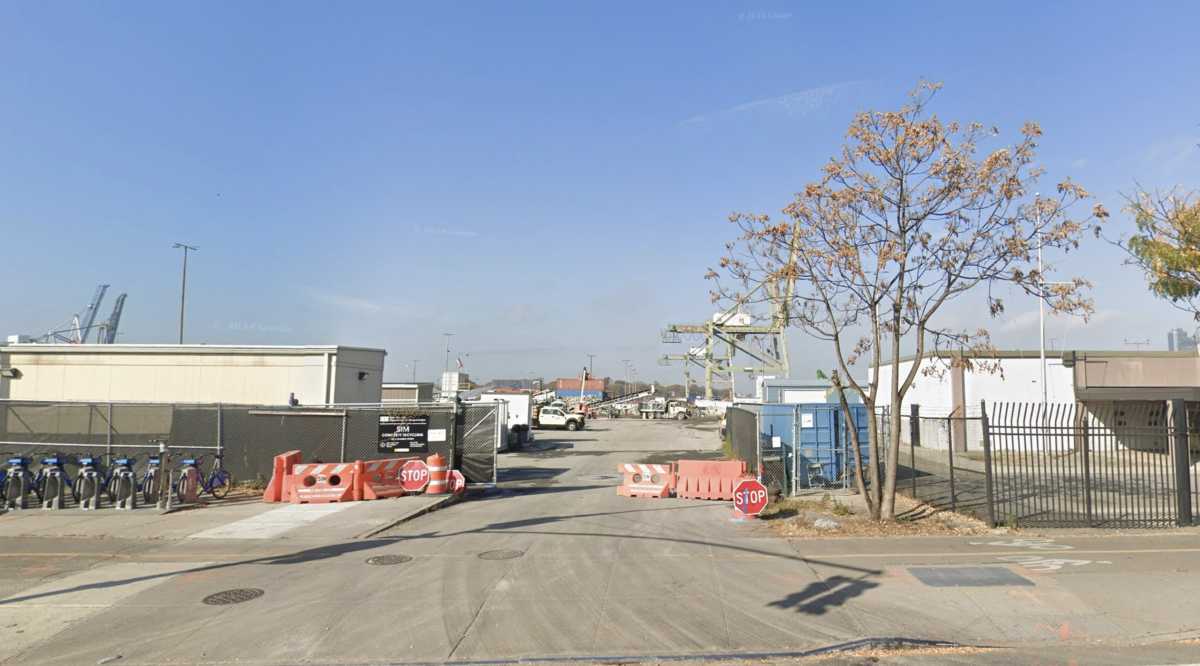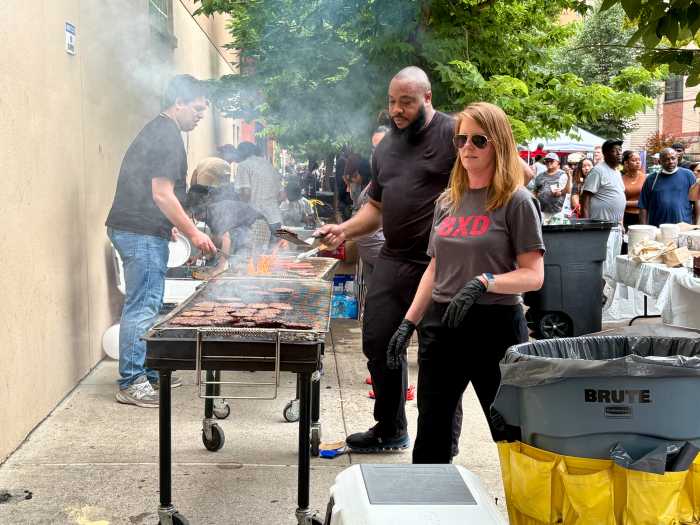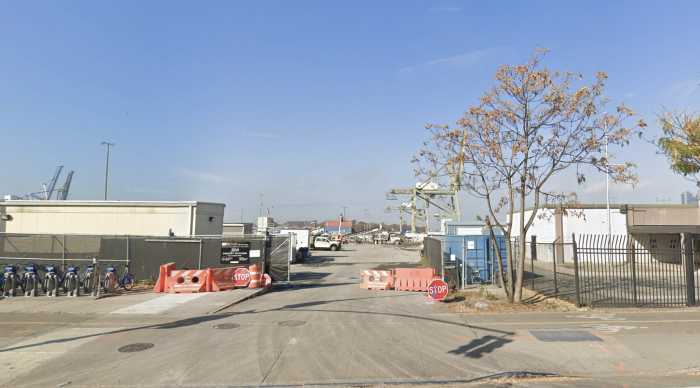There is a way to end street homelessness in New York City and restore safety in the subways, City Comptroller Brad Lander said on Monday.
Lander, a contender in the 2025 race for NYC mayor, unveiled his blueprint on Jan. 13 for making subways and streets safer for New Yorkers called “Safer for All: A Plan to End Street Homelessness for People with Serious Mental Illness in NYC.”
Taking a “housing first” approach, the comptroller’s plan aims to provide supportive housing, as well as much-needed services and treatment, to New Yorkers living on the streets who suffer from severe mental illness.
The report follows a series of high-profile, violent crimes that plagued the city over the previous month, including the death of 57-year-old Debrina Kawam, who was burned alive on a Coney Island F train on Dec. 22, 2024. The suspect, Sebastian Zapeta-Calil, 33, was remanded on first-degree murder charges.
The case shed light on the city’s homelessness problem, as well as related crises centered around mental illness and substance abuse.

‘We know what we’re doing’
In rolling out his plan Monday, Lander also highlighted what he called shortcomings on the issue from Mayor Eric Adams, whom he’s challenging in the June Democratic primary.
“The report looks at failures in the current system,” the city’s top money man said. “Building on a series of audits and investigations that my office has conducted in recent years, which show that despite spending billions of dollars on outreach, on jails, on police overtime, on shelters, on emergency hospitalizations, despite all of that, the Adams administration has failed to effectively coordinate a continuum of care that will get people the care they need and into stable housing.”
Asked to respond to Lander’s plan Monday at an unrelated City Hall press conference, Hizzoner said that his administration will “re-double down” on its efforts to combat homelessness “with $650 million” in investment. Adams also noted that mere investment is not enough to solve the problem, and that often, when the city lends a helping hand to street homeless individuals with mental health issues, they do not always accept it.
“When you’re dealing with people with severe mental health illness and you tell them you need to come in and get care, do you know how hard that is?” Adams said. “He needs to factor that into his plan. When he reaches out and says ‘I’m gonna lift a finger for you,’ and the person dealing with severe mental health illness gives him the finger, then he needs to talk about how he’s going to make it happen.”
The mayor took a swipe at Lander’s suggestion that the administration was failing the homeless, adding, “We know what we’re doing.”
“The stats are there. We’ve proven it,” said Adams. “So he can roll out all of the plans he wants, our success is clear and we’re gonna continue to deal with this national problem that we are facing.”

What the Lander plan does
So how does Lander plan to solve the city’s age-old problem of mental illness and homelessness on New York City’s streets? Through cross-agency cooperation, the comptroller said that options for both voluntary and mandated treatment and outcomes-based investments in the mental health system should be expanded.
Lander said focusing on housing first, along with supportive care, was successful more than a decade ago in ending street homelessness for veterans in NYC.
The comptroller’s report estimates that some 2,000 people with serious mental illness currently experienced unsheltered homelessness — or reside in city hospitals or jails who are likely to return to the streets. Lander noted that, in the latter circumstance, judges cannot refer people to alternative-to-incarceration programs that have no available slots.
Jails release people with mental illness to the city streets, even though they are homeless and eligible for supportive housing, he added.
“This keeps people with serious mental illness cycling from from subway to street, from hospital to jail and back again,” Lander said.
Supportive housing does not mean city-run shelters, the comptroller insisted — although he stressed the shelter program remains important. His “housing first” includes focusing on finding housing for street homeless through SRO (single-resident occupancy) units, vouchers and “service dollars to get people off the street and into a home with wraparound support services, including healthcare workers to ensure patients are getting counseling, medication and other treatment they require.”
Lander believes his plan will not only adequately resolve the street homelessness crisis, but also help make the city’s subways safer — and reinstate rider confidence.
“New Yorkers are stressed out about the lack of safety on the subway and out streets, and a huge amount of that is mentally ill homeless folks who, in some cases, become a real dangers, as we’ve seen in recent weeks,” Lander said.
Read More: https://www.amny.com/nyc-transit/






































